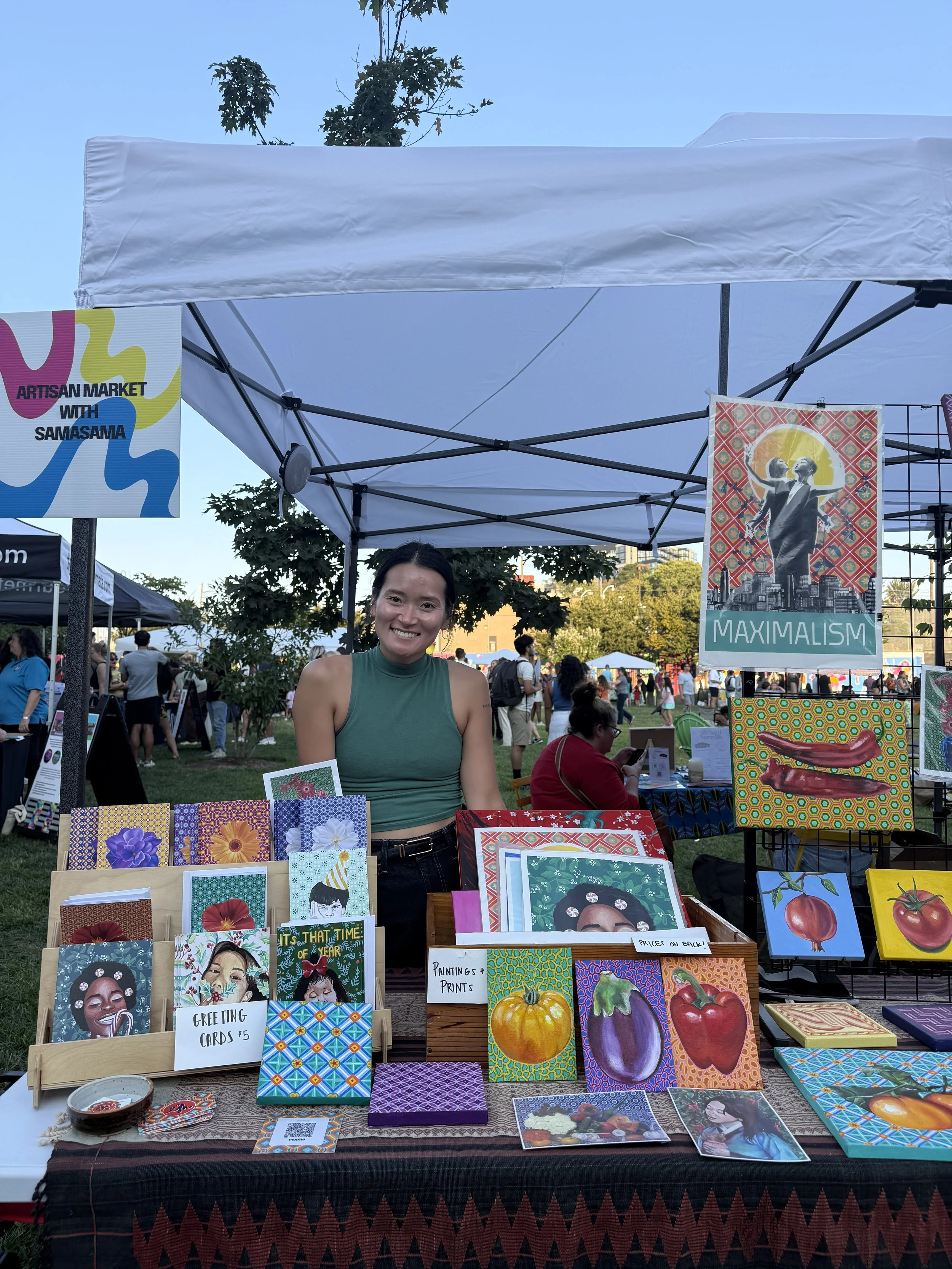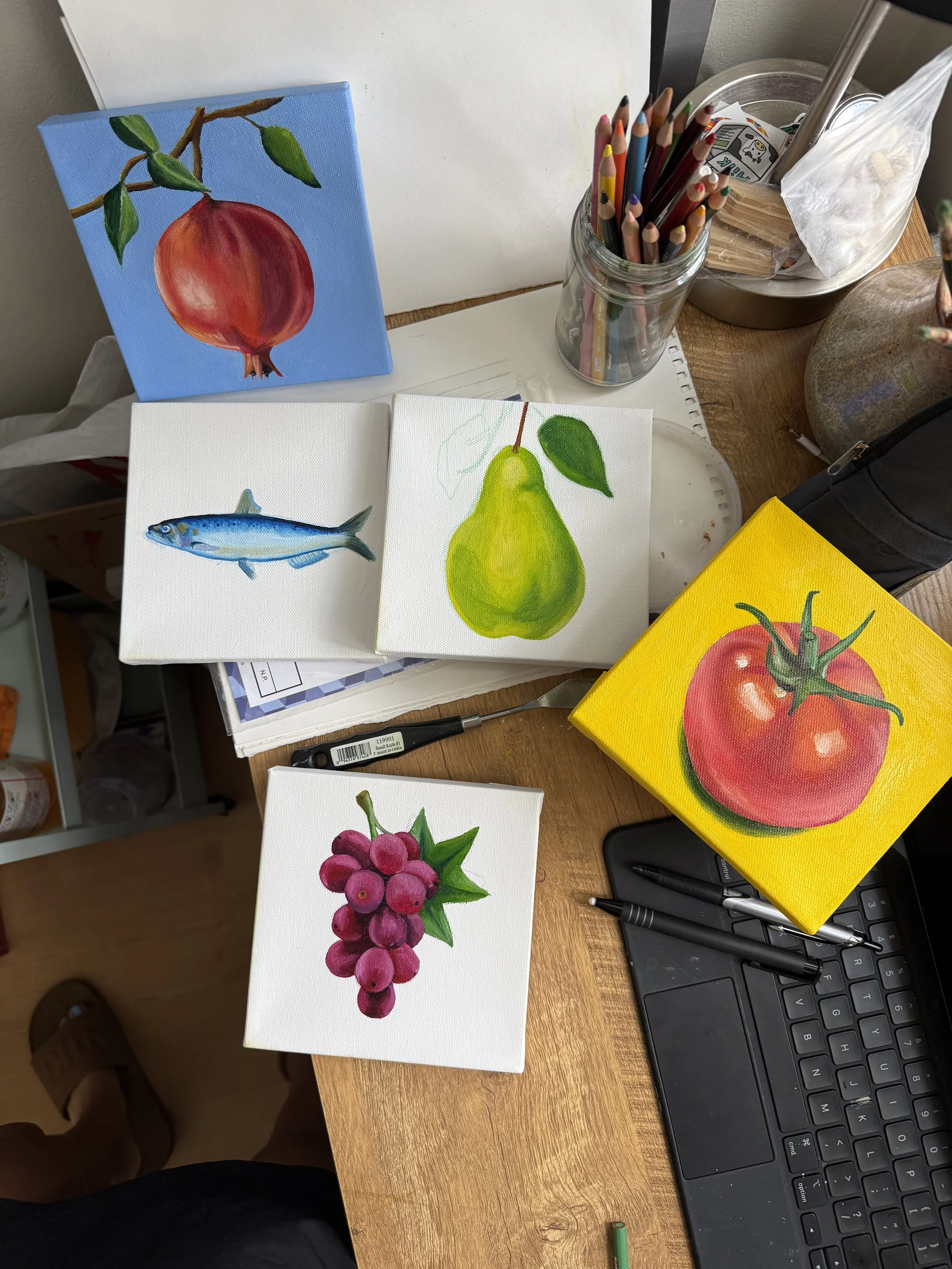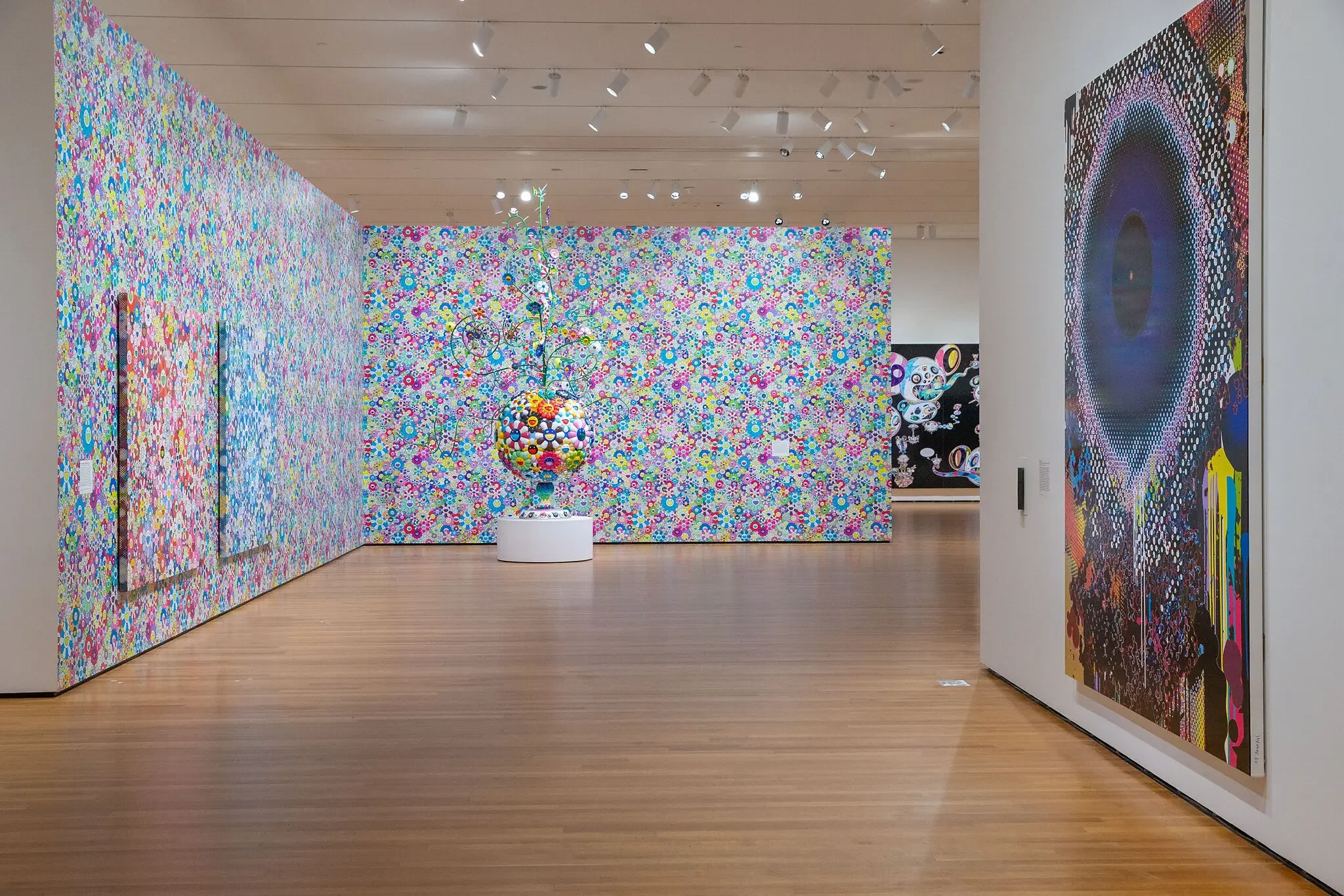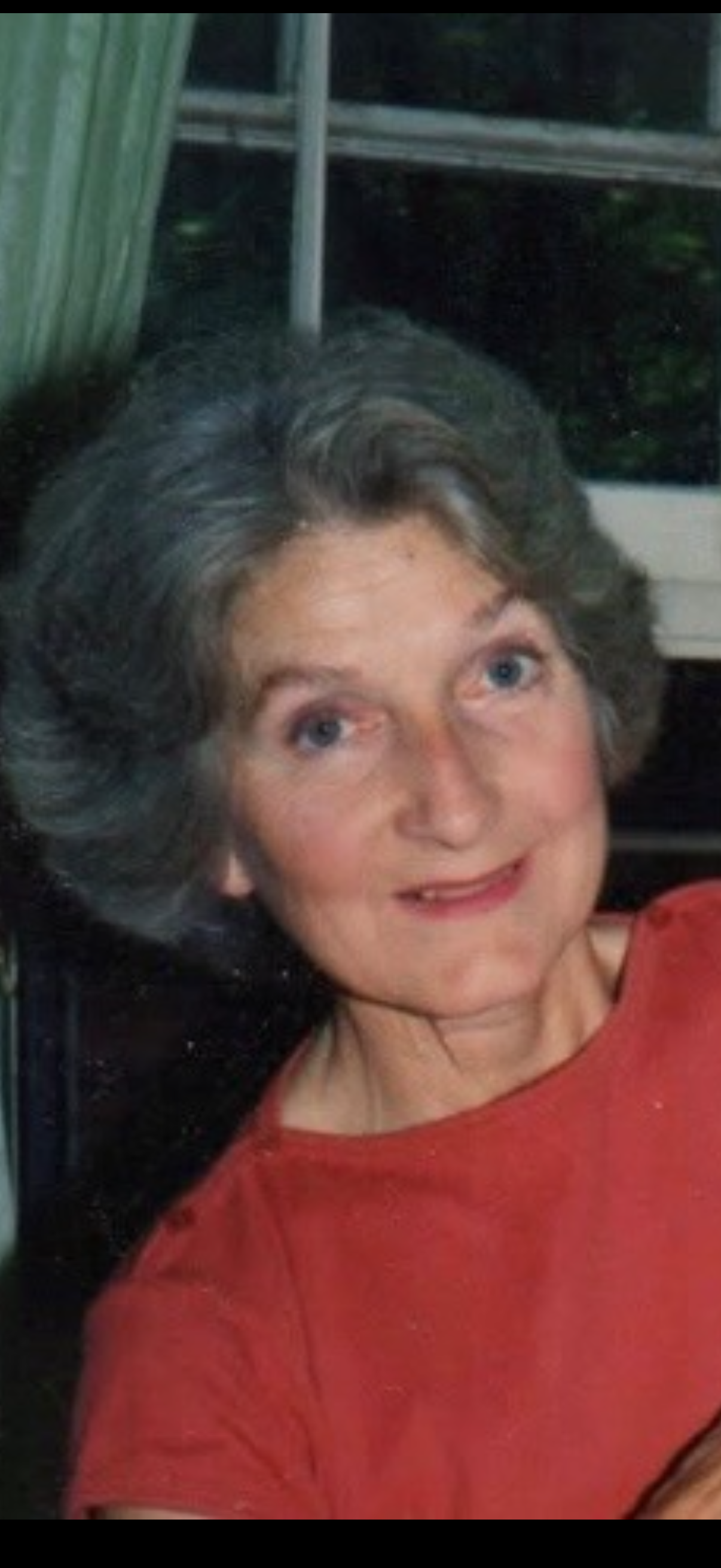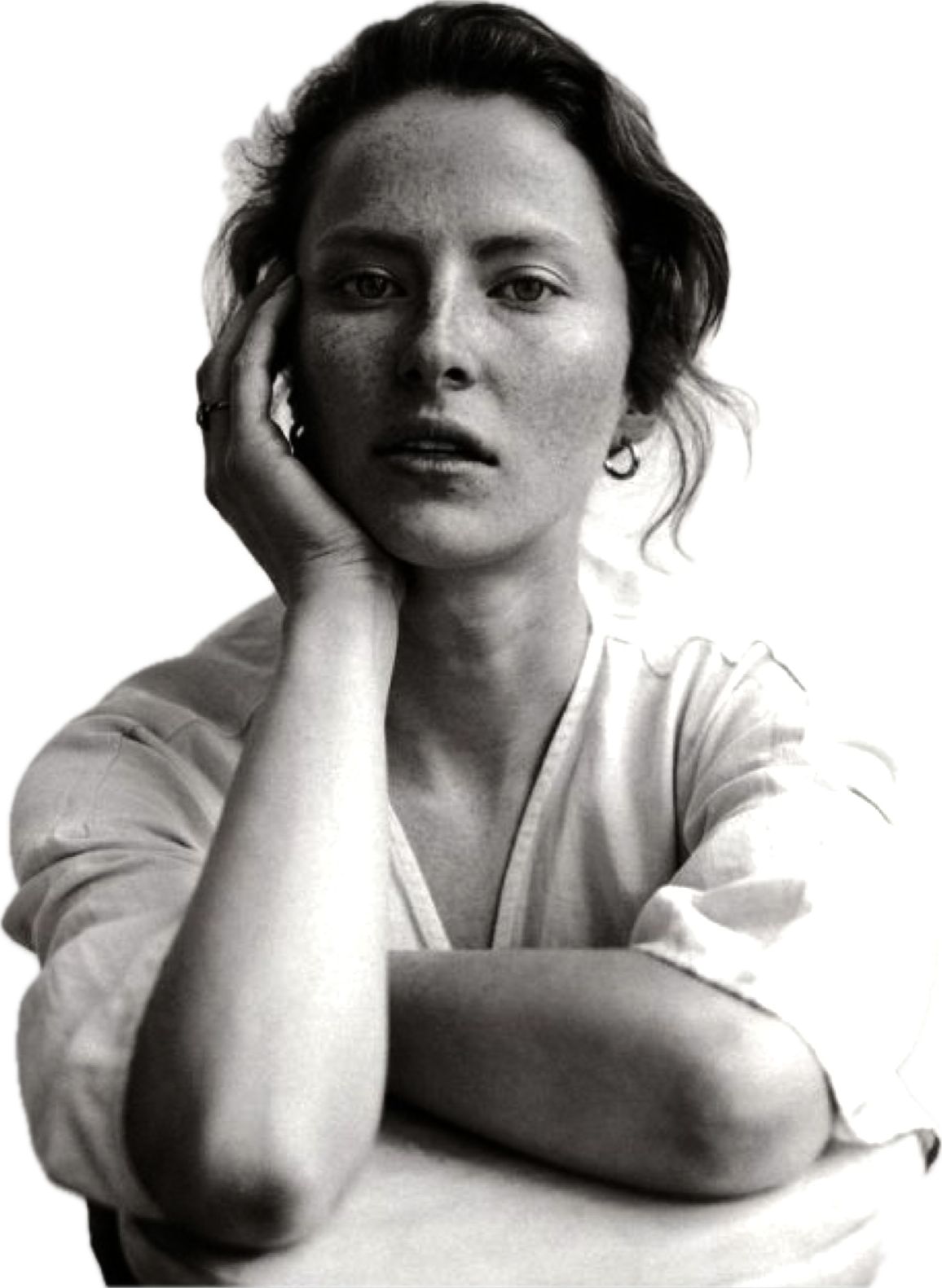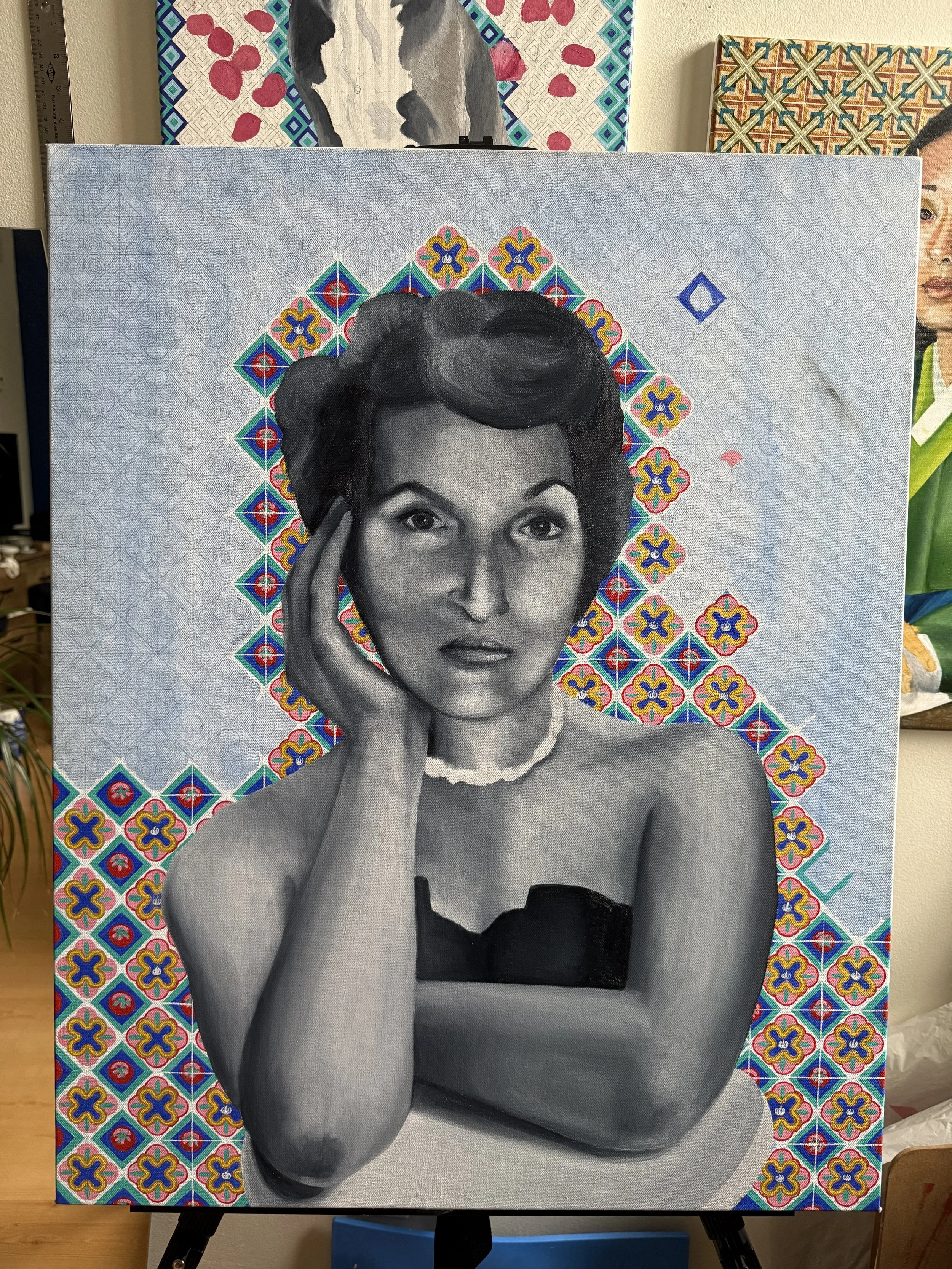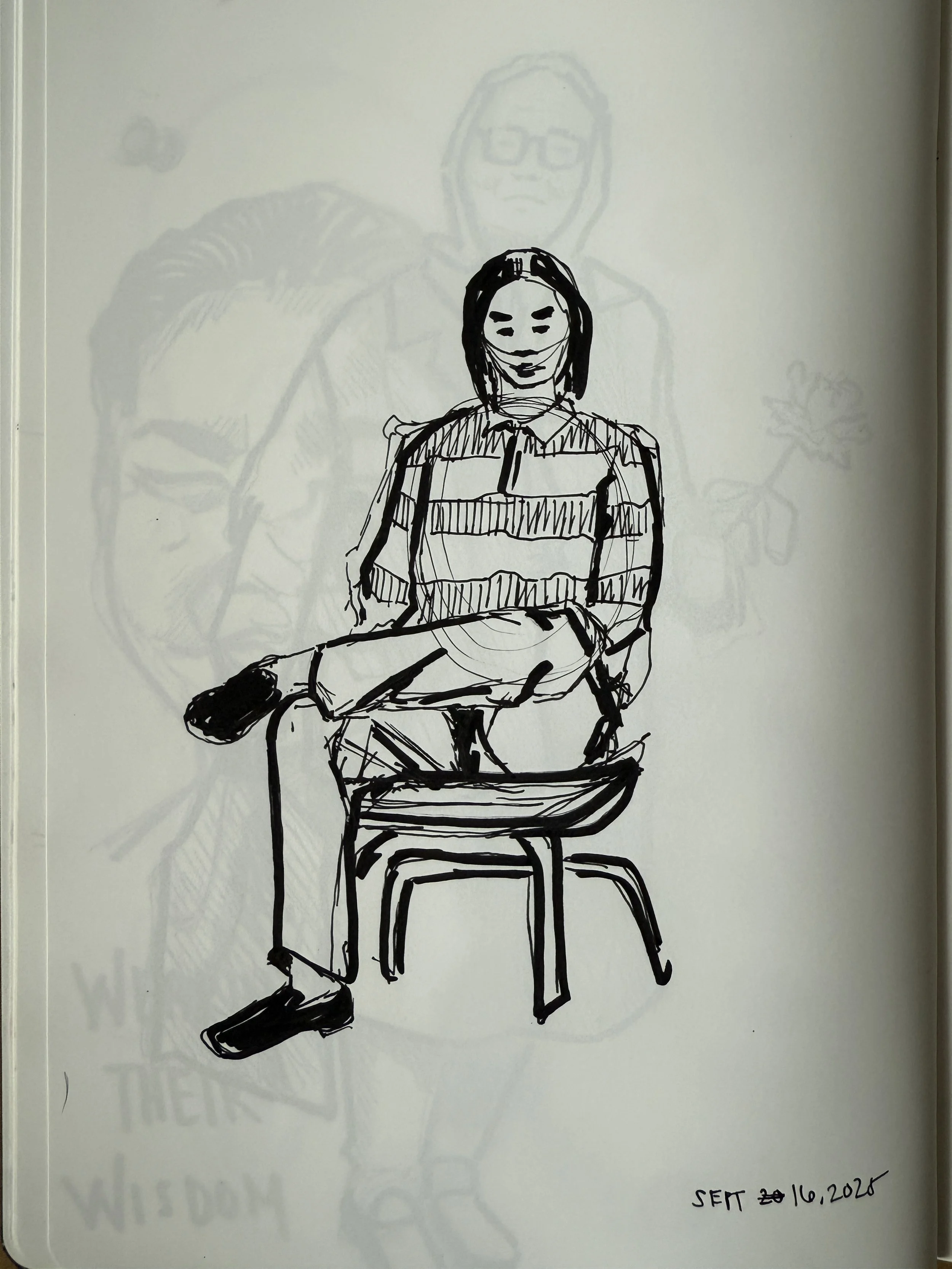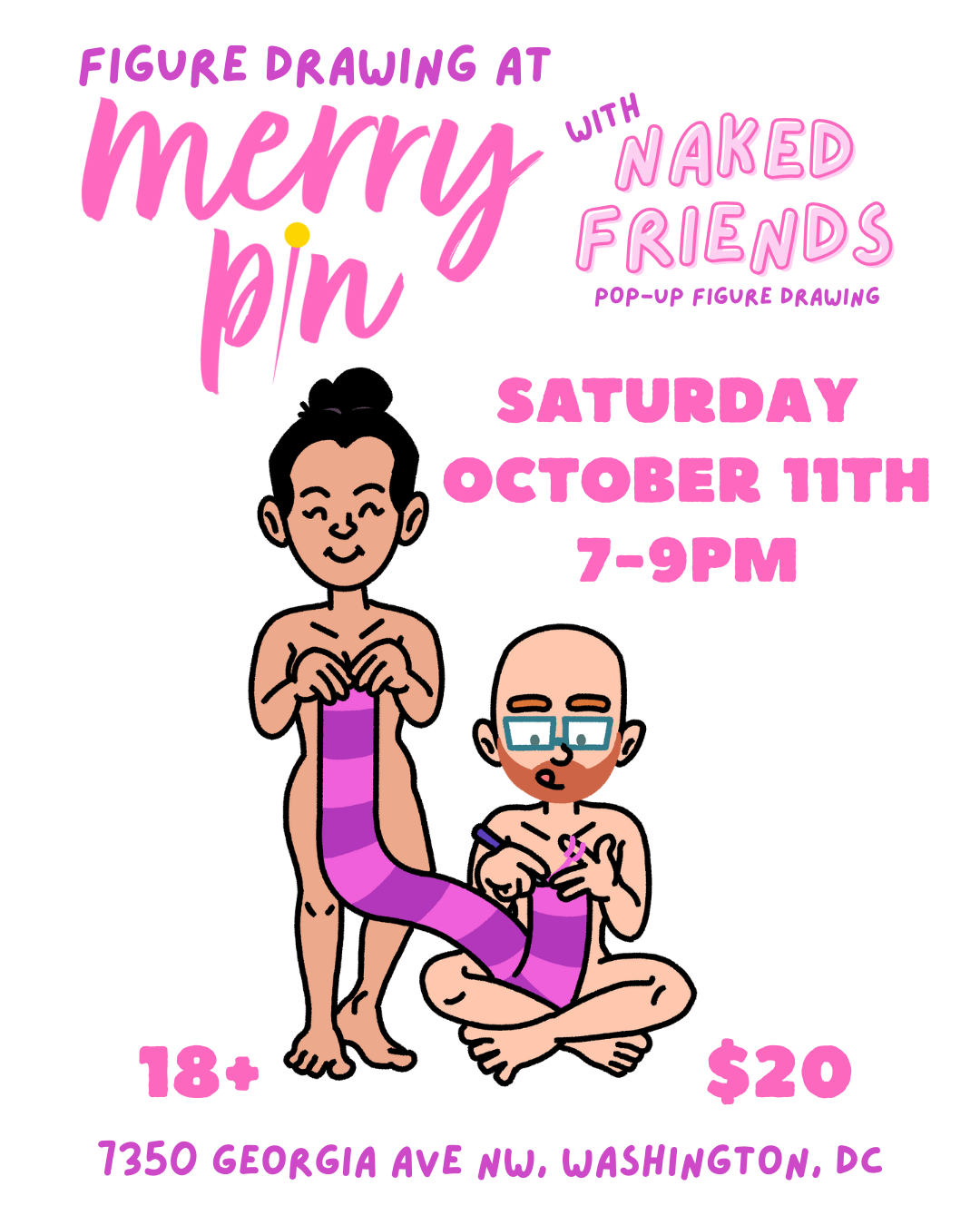The Value of Art
This past month I’ve been thinking a lot about the different paths of fine art versus commercial art. An art professor, Carmen, told me art school helped her move past creating works one would classify as “eye candy.” I had to laugh at the slightly derogatory connotation of her tone as I thought about my countless fruits and vegetable paintings: all beauty, no substance.
With various events and markets scheduled throughout September, I spent a good part of the month creating all the eye candy I possibly could. I focused on simplified backgrounds with pomegranates and sardines in the foreground of 6x6 canvases to offer customers a lower price point. I thought about how to cut down on time, and what images and colors would sell well, pulling in data points from past sales. I felt like an assembly line, estimating drying times between layers and strategically switching between paintings throughout the week to meet the deadline of my upcoming events. There was no deeper intention beyond the drive to sell. Then I began to ask myself, is this the approach to art I want to be striving toward?
Before these tight-run assembly lines, my art was a private expression of power and meditative state of mind, a place to escape to when my external environments or experiences felt overwhelming or incomprehensible. Not everything was incredibly deep, but every piece did have a part of me within it, so much that it was hard to let go of anything I made. I initially wanted to keep my art separate from capitalism–it felt too sacred to exchange my work, let alone rely on it for financial gains. But now that I understand how my work can sell, my efforts are often dictated by the simple tastes of potential hungry customers: to brighten their kitchen walls and give life to a dreary office. But while the work I sold last month was still true to my aesthetic, I can’t say there was much more of me within the paintings beyond that, and sometimes that felt oddly empty.
Referencing Carmen’s words, I heard a clear hierarchy between commercial and fine art, or low and high art and I feel this deeply within my own practice. But considering iconic paintings such as The Last Supper and Mona Lisa, I have to think twice. They were both originally commissions, funded by churches and wealthy families to beautify spaces and flaunt status in high society. Now they stand as some of the most recognized and renowned paintings in art history.
The Last Supper, 1495-1498
Moving into the twenty and twenty-first centuries, there were artists like Andy Warhol, and now KAWS and Takashi Murakami, who blend commercial art with social and political commentary, blurring the supposed hard line between the worlds of high and low. The art world would not only agree but greatly praise this amalgamation as fine art, which then begs an answer to the fundamental question, what even is art, fine art, high art, big-A Art?
Photo of Takashi’s exhibit in Cleveland, featured in Takashi Murakami Casts His Spell Again
The distinction between high and low art speaks volumes within my own process, but I still don’t want to subscribe to the hierarchy between commercial versus fine. Even my more “commercial” work–commissions and sales–can be meaningful. It may not always be the work itself, but for me the meaning lies within the by-product of the exchange: It is the community engagement and relationship building–participating in neighborhood events, talking with strangers about my work, meeting other creatives throughout the city, and collaborating with clients to visualize and execute their ideas into something substantive. And ironically, while I find a greater sense of pride in the work I create for myself, the final pieces don’t necessarily bring the same level of human to human engagement.
Moving forward, what I demand of myself is to strike the balance of art for me and art for others and maybe take a note from Warhol’s or KAW’s books and find a way to combine the two. Particularly in today’s heavy climate, I so deeply believe in the need for powerful art, in its ability to influence, challenge, and reflect the necessary political and social discourses of our time. I don’t expect any of my work to one day rise to the level of The Last Supper, nor am I holding my breath for Gagosian’s invitation to stand alongside artists like Takashi. But I do hope that through my art in all its forms, whether it be a narrative of my inner thoughts or an opportunity to foster larger community engagement, I am taking part in creating and rebuilding connections that beautify our lived experiences beyond the limitations of our kitchen walls.
WIP
I took my current commission to the streets of Petworth to participate in a somewhat lackluster event for DC Art All Night. While there was little foot traffic, I did enjoy the animated conversation with the handful of people who stopped by to watch.
This piece feels a bit chaotic at times using three to four different reference photos for one woman. It’s one part manual photoshop and another part imagination while hoping for the best.
From the Notebook
I am still struggling to develop a habit of carrying a sketchbook with me everywhere I go. Here is a random smattering of nothing special.
Media Musings
I’m adding in this section to share podcasts, articles, and books (don’t expect too many… I’m a slow reader) that particularly piqued my interest throughout the month. Sometimes they spark inspiration for future projects or paintings, other times they simply encourage discussion with those around me. I’d love to hear what you’re consuming, too!
Feeding Ghosts by Tessa Hulls - My friend sent me an interview with Tessa explaining her 10 year creative process to write the book (thanks, Charlotte!). It was beautifully written and illustrated and particularly interesting for me to read about the personal impacts of the Chinese Cultural Revolution, which I had only learned about through an academic/historical lens.
That Artsy Mural on a Brooklyn Building? It’s a Whisky Ad - Colossal Media hires artists to paint photorealistic ads in New York neighborhoods for brands like Gucci and LV. Is this art?? And if public art, generally speaking, is correlated to increasing real estate prices, what does that mean for gentrification?
Samin Nosrat’s recipe for gathering with friends - I’m always thinking about how to build lasting community. Samin’s weekly dinners sound perfect. About those GF, vegan, dairy-free friends? Focus more on the company and less on the menu as community is all about compromise!
Upcoming
October 11, 7-9pm at Merry Pin (7350 Georgia Ave NW)
Come draw me and Babs—remember them from last month?! I’m dusting off my modeling body for this event at Merry Pin.


